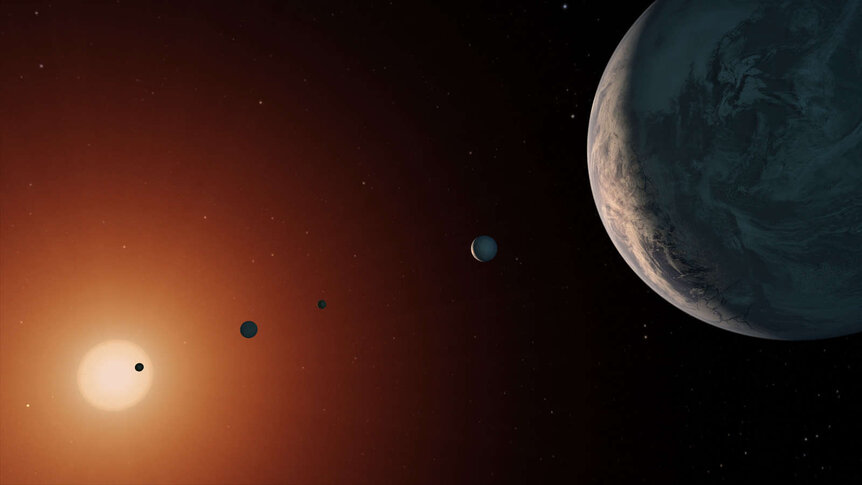In a significant astronomical breakthrough, scientists have unveiled the existence of a super-Earth named TOI-715 b within the “conservative” habitable zone of a nearby red dwarf star, just 137 light-years away. This discovery has sparked excitement within the astronomical community, as it holds the potential to reveal conditions conducive to life beyond Earth. Lead researcher Georgina Dransfield from the University of Birmingham has played a crucial role in advancing our understanding of potential life origins.
The planet, measuring approximately 1.5 times the width of Earth, occupies the “conservative” habitable zone, characterized by temperatures ideal for liquid water – a fundamental factor for habitability. Adding to the intrigue, there’s the possibility of a sibling planet within the same planetary system, significantly enhancing the chances of discovering signs of life beyond our solar system.
The proximity of the red dwarf star allows for frequent observations, making TOI-715 b an excellent candidate for in-depth study, especially with the aid of advanced spaceborne instruments like NASA’s James Webb Space Telescope. This discovery contributes to the growing list of exoplanets within habitable zones and sets a new record for NASA’s TESS mission, identifying the smallest habitable zone planet discovered to date.
The ongoing pursuit of life within habitable zones remains a central focus in our exploration for extraterrestrial life. This aligns with the continuous evolution of technology and our growing understanding of planetary systems.















































